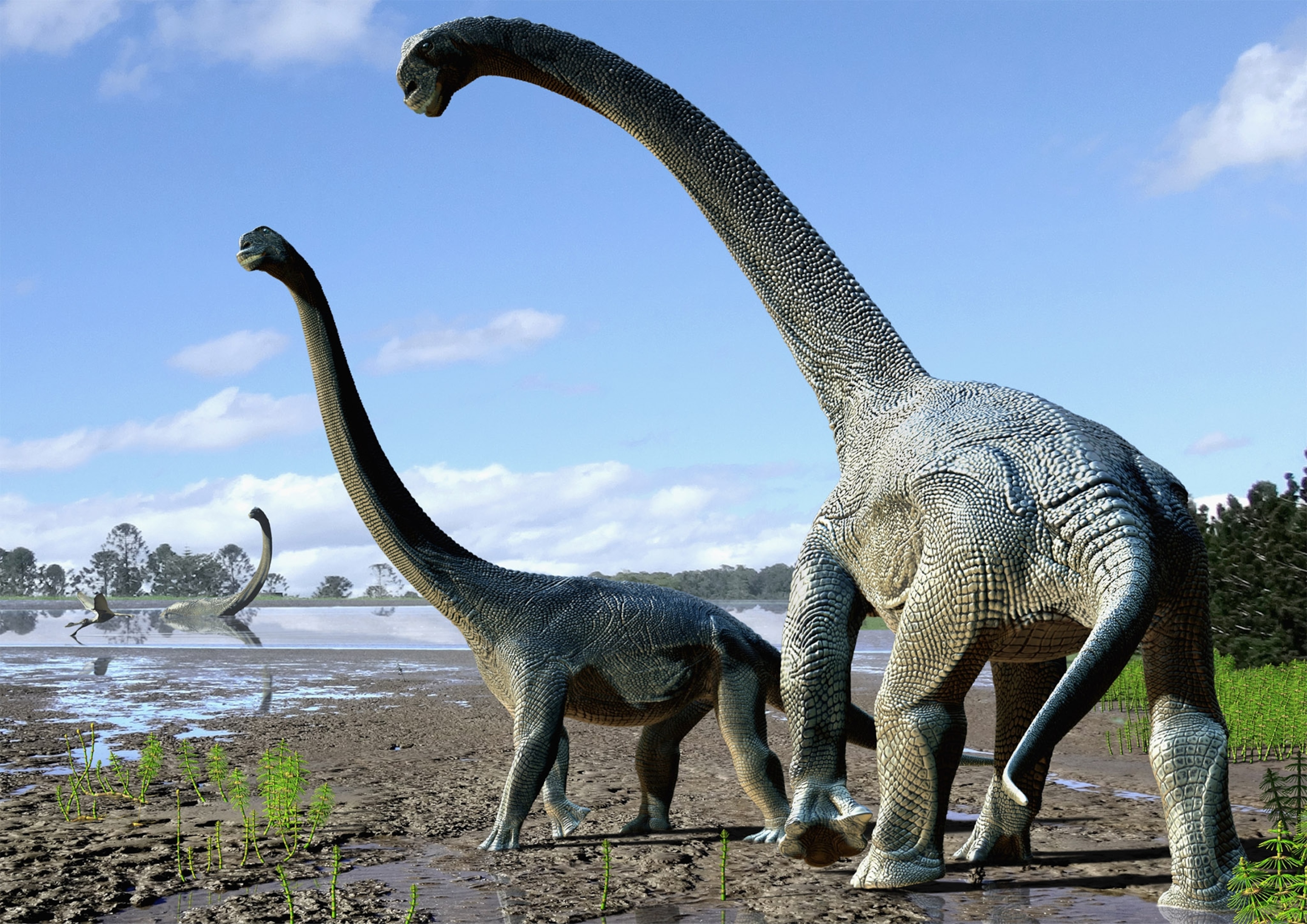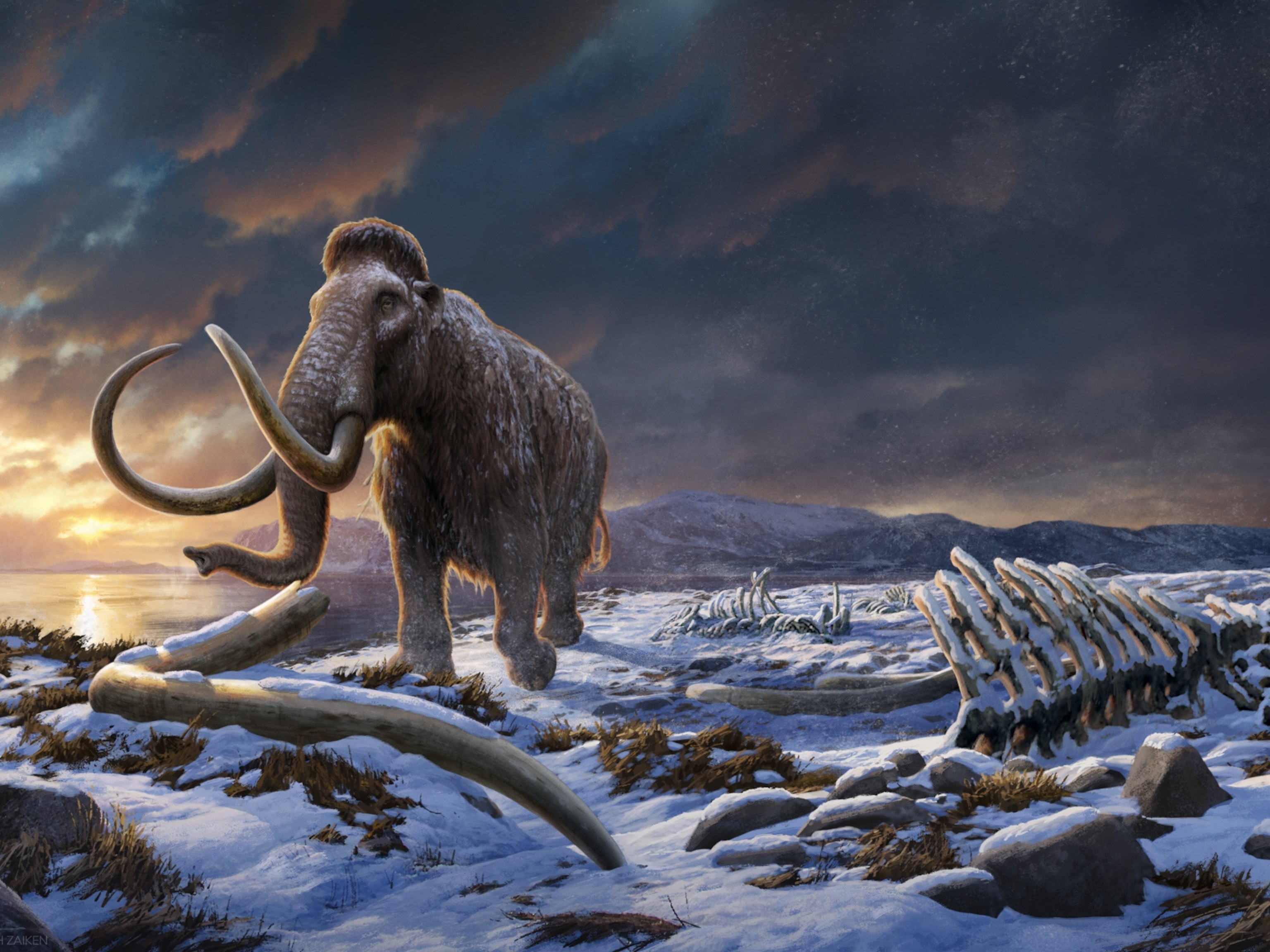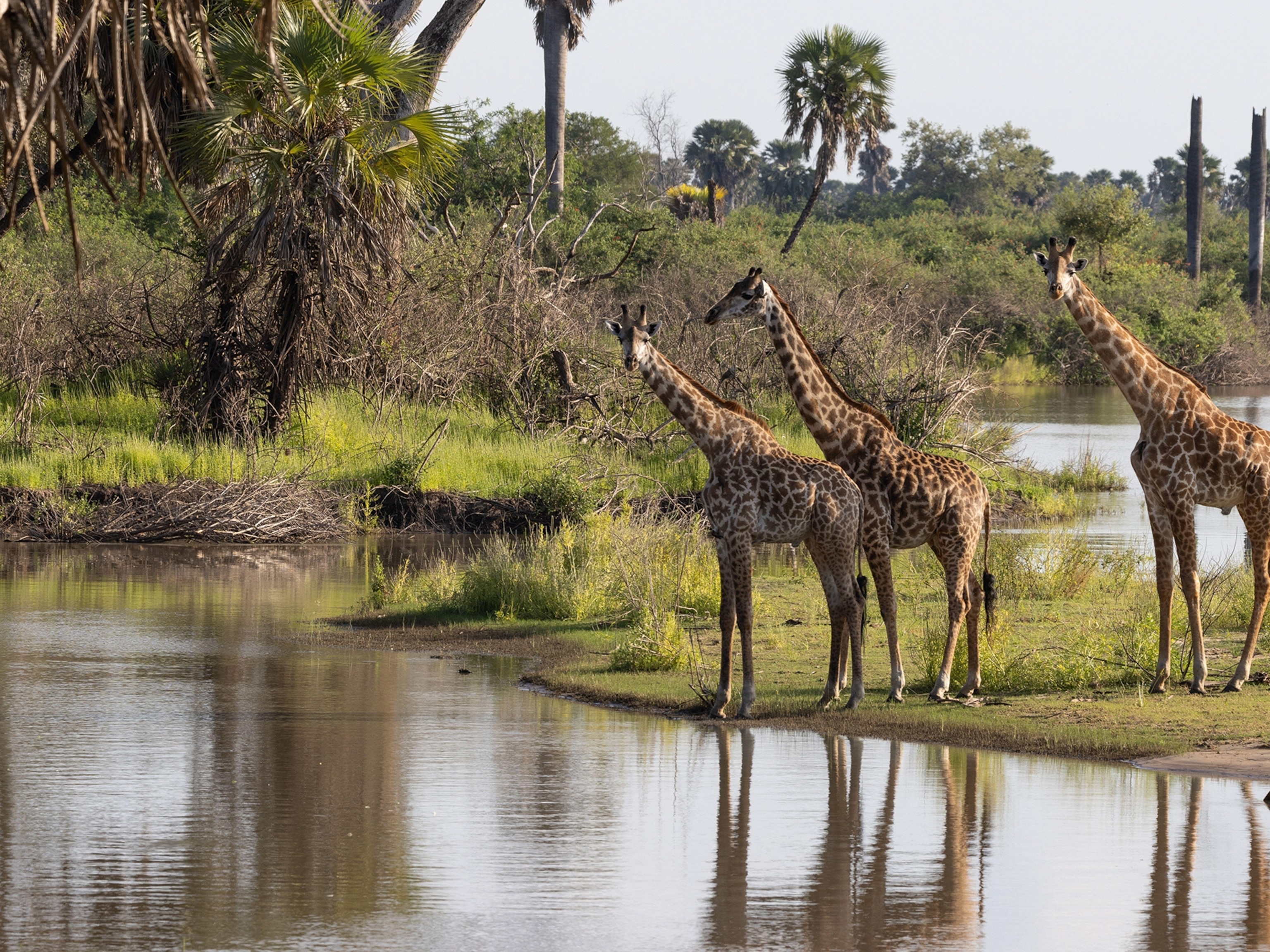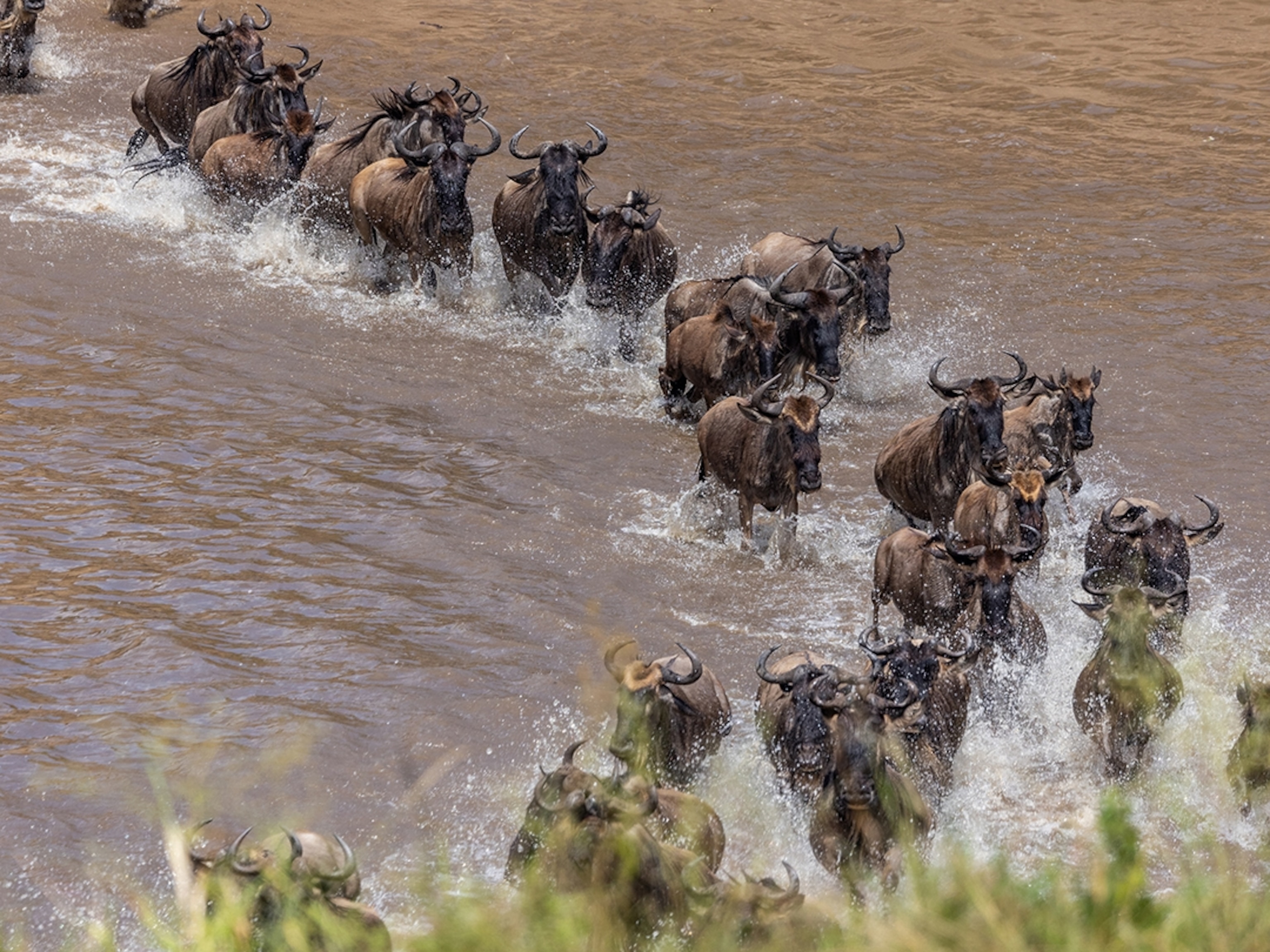
Titanic Dinosaurs Trekked Across Antarctica to Reach Australia
New fossils have improved the family tree for long-necked dinosaurs, revealing an ancient voyage across an ice-free Antarctica.
To get to Australia, giant dinosaurs known as titanosaurs may have had to trek across an even more down-under continent: Antarctica.
That’s the conclusion drawn by a new family tree for sauropods, a group of herbivorous long-necked dinosaurs that includes the largest land animals to ever walk the Earth. The report is based on new sauropod fossils found in Australia that are between 95 and 98 million years old, including a new genus and species dubbed Savannasaurus elliottorum.
The findings—published October 20 in Scientific Reports—suggest that Australia’s sauropods, including titanosaurs, didn’t get to the continent until about a hundred million years ago, tens of millions of years after other types of dinosaurs arrived.
Moreover, the family tree strongly suggests that Australia’s sauropods descended from South American forebears. If those results hold, then it means that sauropods must have traveled by land from South America to Australia during the Cretaceous, when the drifting continents were almost in the positions we see today.
The only available land route at the time? An ice-free Antarctica, made hospitable to sauropods by an ancient bout of natural global warming.
“By plotting the evolution of these sauropods against changes in the positions of the continents, we’ve possibly been able to constrain when these titanosaurs migrated,” says study author Stephen Poropat, a paleontologist with the Australian Age of Dinosaurs Museum in Winton, Queensland, Australia.
Charting titanosaurs’ Antarctic trek wouldn’t have been possible without the newly described bones, a crucial addition to Australia’s fossil record, which has long been thin on sauropods. In addition to Savannasaurus, the semicomplete remains include the first sauropod skull ever found in Australia, which belongs to a previously known species called Diamantinasaurus matildae.
“Australia has always been one of those unfortunate black holes,” wrote Stephen Brusatte, a University of Edinburgh paleontologist who wasn’t involved with the study, in an emailed statement. “We just know so little about the dinosaurs that lived here, and that has made it difficult to study how dinosaurs moved around the globe.”
He adds that “the new skeleton of Savannasaurus … gives us a really nice glimpse at what the giant, long-necked sauropods that used to call Australia home would have looked like.”
A Dinosaur That Stood Apart
As Savannasaurus’s name suggests, its bones were found in a grassland in eastern Australia in 2005. The remains were first spotted by David Elliott, an Australian sheep farmer and dinosaur enthusiast who has revitalized the study of Australian fossils, founding the Australian Age of Dinosaurs Museum.
Excavations in 2005 turned up more of Savannasaurus, encased in rock harder than concrete. It took years of work from volunteers to liberate the bones from their casing, and more years still for Poropat and his colleagues to analyze the remains.
“It’s been a long time coming to get this dinosaur described, but it’s extremely exciting,” Elliott says in a statement. “It’s quite unlike most of the other [sauropods] around the world.”
Like all sauropods, Savannasaurus had hollow bones and air sacs throughout its body, an evolutionary attempt to lighten its enormous skeleton. The dinosaur probably stood about 20 feet tall and may have weighed between 15 to 20 tons.
But in some respects, Savannasaurus stands apart—literally. Study co-author Paul Upchurch, a University College London paleobiologist and sauropod expert, says that the dinosaur’s hips were extremely wide, possibly giving it more stability and flexibility when tromping around in inland environments.
Its pelvis also strikes Upchurch as peculiar. “There are places where the bones are paper-thin,” he says. “I’ve never seen such a thin sheet of bone in a sauropod pelvis.”
Poropat adds that the dinosaur’s belly would have been enormous, suggesting that its digestive system would have been convoluted and extensive—absorbing more nutrients from its food than its svelter relatives.
“Savannasaurus seems like a giant fermenting vat … [and] like a long-necked, long-legged hippo, in terms of the actual build of the body,” Poropat says.
But both researchers say that much more work remains to understand Savannasaurus and its relatives—and how they all got to the continent.
Poropat says that the team will soon double back and comprehensively describe the new fossils, confirming the species assignments. And Upchurch says the team is already improving its just published family tree, which should help scientists better grasp how the titanic animals lived, died, and spread across ancient Earth.
“They were really pushing the envelope, in terms of what land animals could do,” he says.





